The reason why Labor Day is celebrated
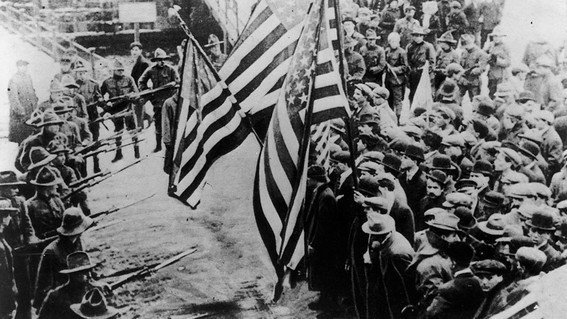
An unprecedented strike in Chicago made the reduction of working hours a reality.
Albert Pearsons was clear: the 12 or 16 hours a day he and his colleagues were subjected to daily in the factory where they worked were inhuman. Some had reached the point of getting sick, others complained that they did not see their family and some more said that what they perceived in money did not justify so much time of increasing effort. The situation in Chicago, Pearsons hometown was not worse than in the rest of the country.
Practically the problem was the same in all the United States: the workers were subjected to the tyranny of the bosses. They barely had time to eat and rest, since the rest of the day they were destined to be confined in the factories of the different industries that sustained the country: railroads, steel, cattle and wood. Albert Pearsons knew that the worker must enjoy time to rest, be distracted and spend time with his family.
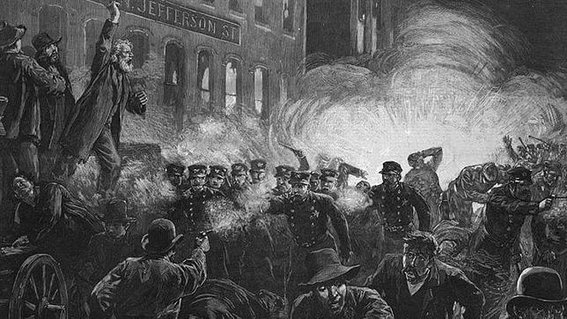
On May 1, 1886, this brave worker summoned 80,000 workers in Chicago to make a public protest demanding the unthinkable: 8 hours a day of work and two days of rest. Pearsons ideas had already made an echo in other major cities where workers knew they had to join forces if they wanted to make a change. This is how another 5 thousand strikes broke out throughout the country on the same day, the result of that first one.
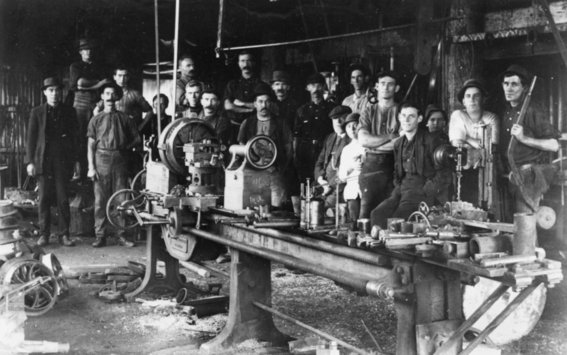
The businessmen were seriously worried about a movement they labeled as "intolerable", "unpatriotic" and, above all, "anarchist". They were close to 400 thousand unemployed workers nationwide and industries were being affected in their production. The workers were at the doors of their respective factories, trying to negotiate new agreements in which their right to a decent working day was recognized. Cities such as Philadelphia, Milwaukee, New York, Detroit and Baltimore saw the demonstrations on the streets and the tension between protesters and police grew dangerously.
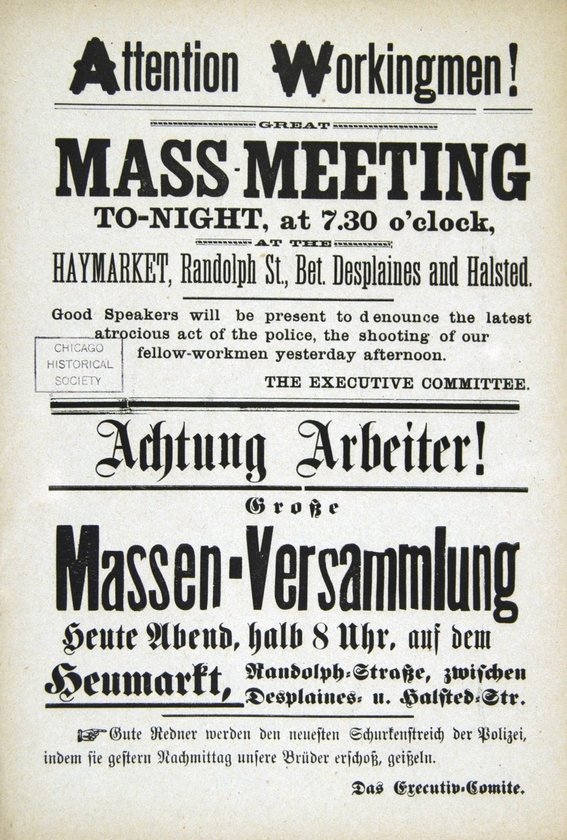
The owners of the McCormick factory in Chicago - where Albert Pearsons had achieved an unprecedented mobilization - were frightened and outraged. These feelings led them to ally themselves with the city police and make an aberrant decision: the best way to stop the demonstrators and restore peace to the factory was to give a severe lesson. That same day the police opened fire on the workers, who from that date would be known as the Martyrs of Chicago.

Hurt and outraged at this measure, four days later the workers responded with the same ferocity by throwing a bomb against the police, killing agent Mathias J. Degan and some others. The history books know this event as the 'Haymarket Attack'. If the tension was already strong with this, everything got worse. The police arrested 31 suspects of the attack and on June 21, 1886, the trial against them began. Two of them were sentenced to life imprisonment, another to 15 years of forced labor and five to death by hanging. It is suspected that the trial was handled in a dirty manner, with the justice purchased by the owners of the McCormick factory.
Background
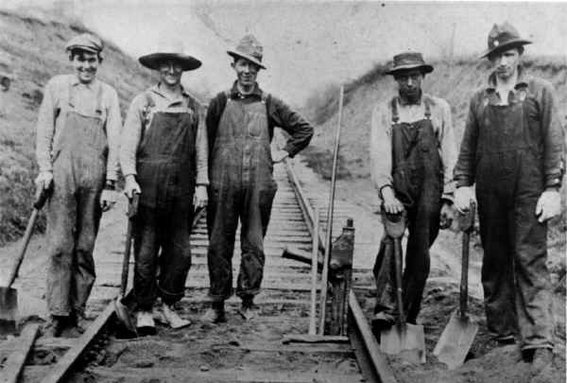
It should be noted that long before the rebellious actions of Albert Pearsons, since 1874 he had been sowing a revolutionary seed among the workers of the United States. It was the railway industry workers who organized the first large-scale strike in 17 states of the American Union, resulting in the birth of the American Federation Labor (AFL), an organization that sought to fight for the improvement of conditions of work for the workers.
This body - working together with trade union leaders such as Pears - managed to summon that massive strike of 1886 that would end with the death of the Chicago workers. Two years earlier, during a congress, the AFL had ruled that if the conditions did not improve and no agreement could be reached with the bosses, on May 1 the workers would rise up against them.

The mobilization was stained with blood, but in the end what the workers wanted was achieved: an eight-hour workday, with as many hours to rest and the same number to occupy their time in what they most wanted. At the world level, May 1 was established as Labor Day in memory of the fallen workers. Ironically, in the United States it is celebrated on September 1, as in Canada.
